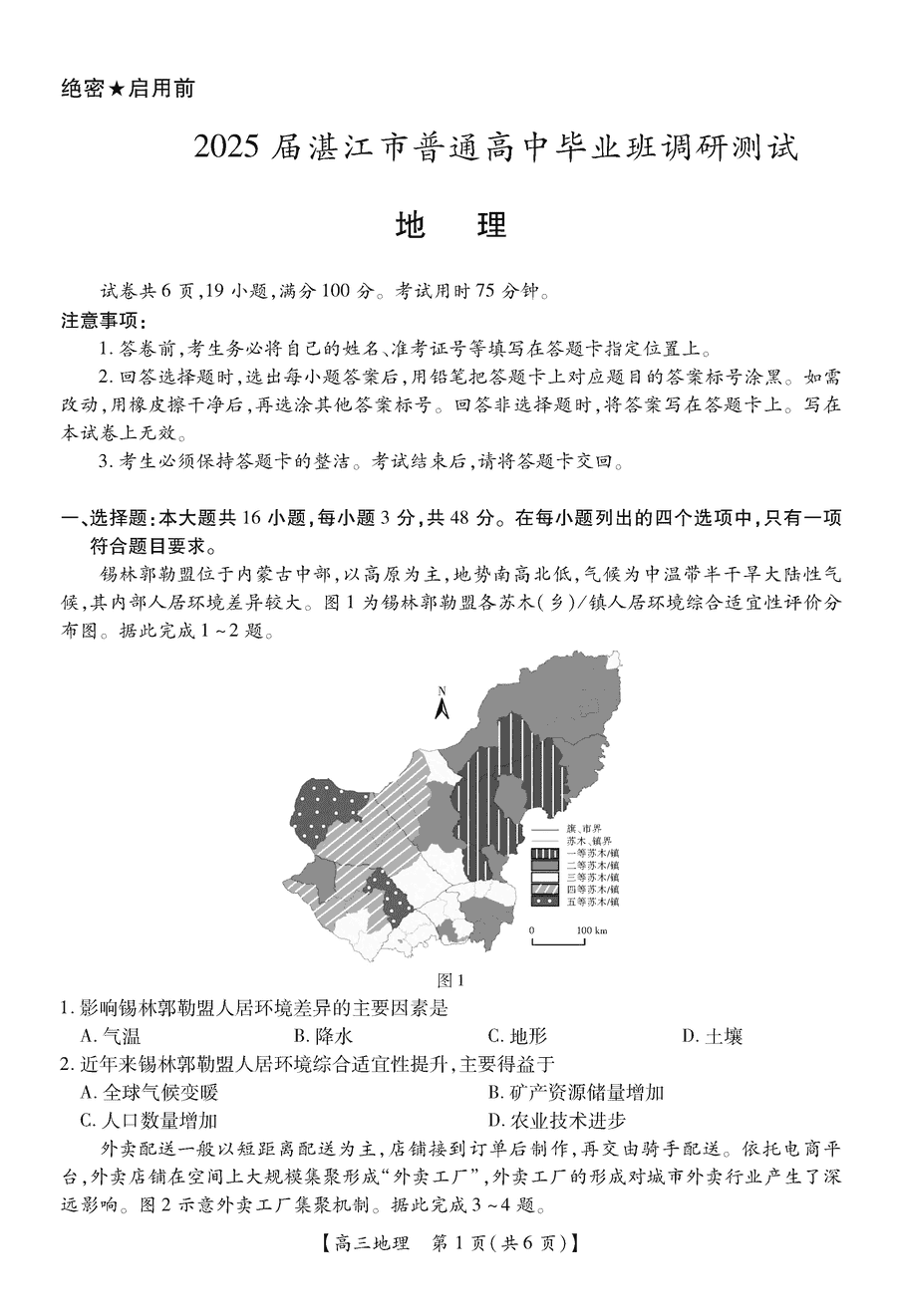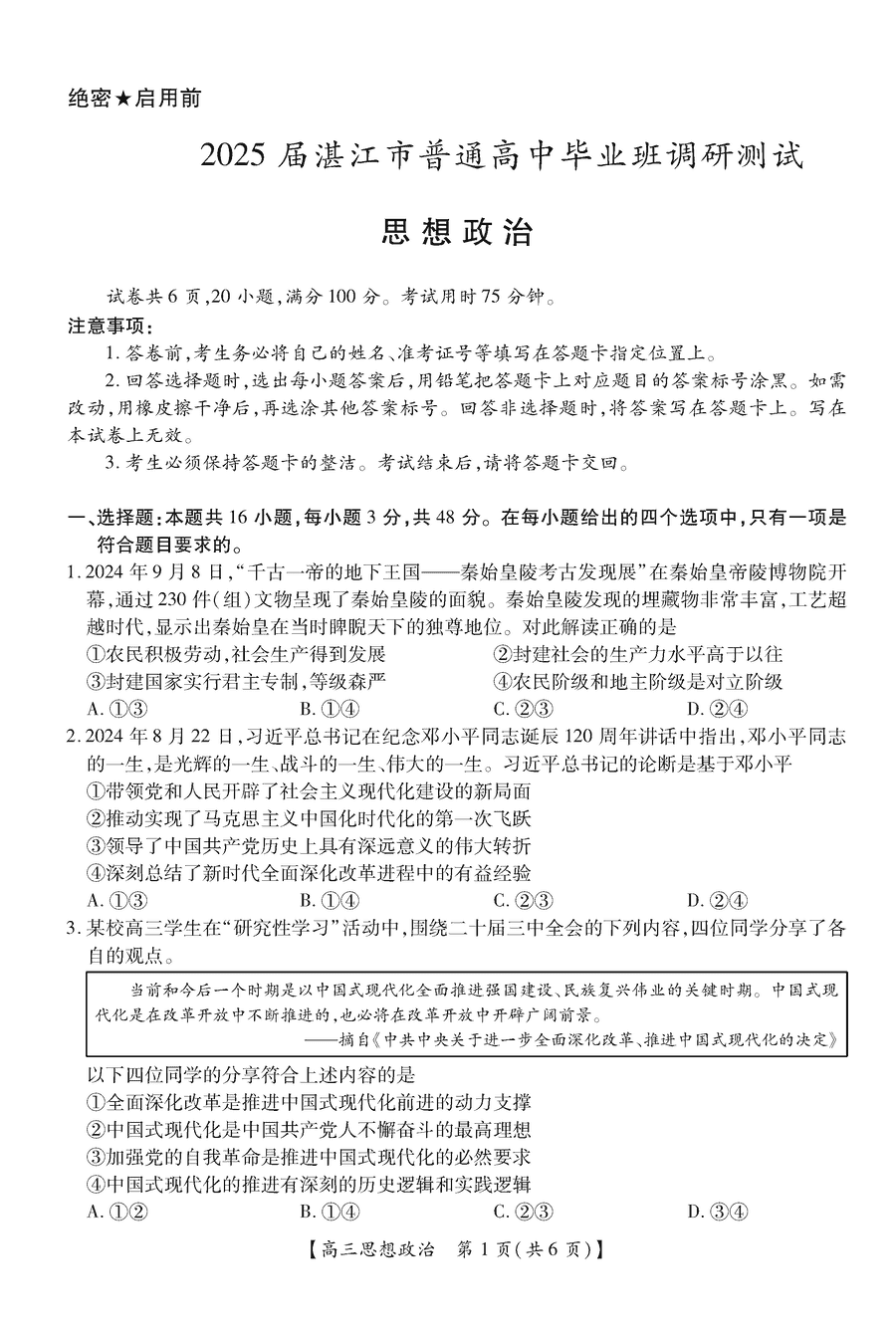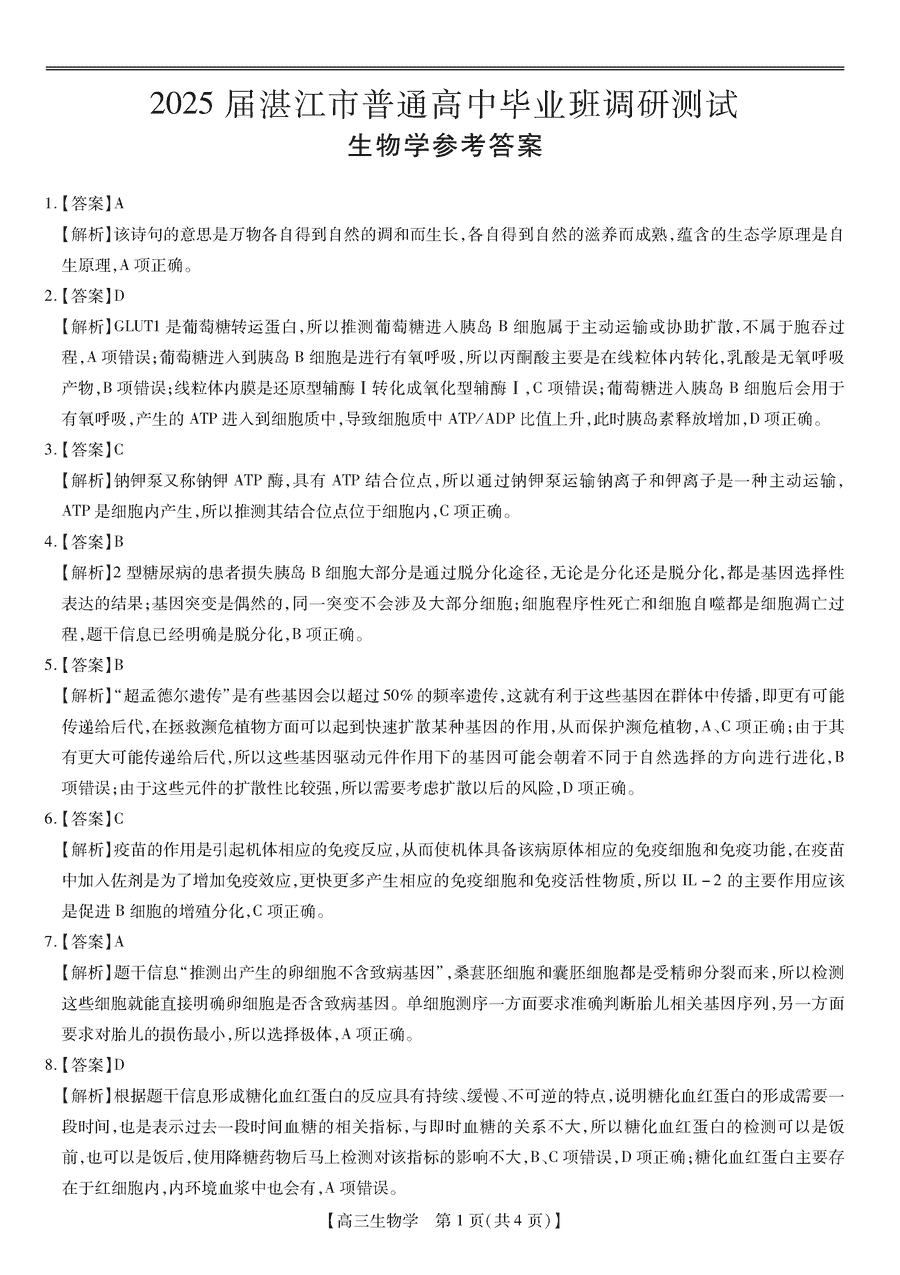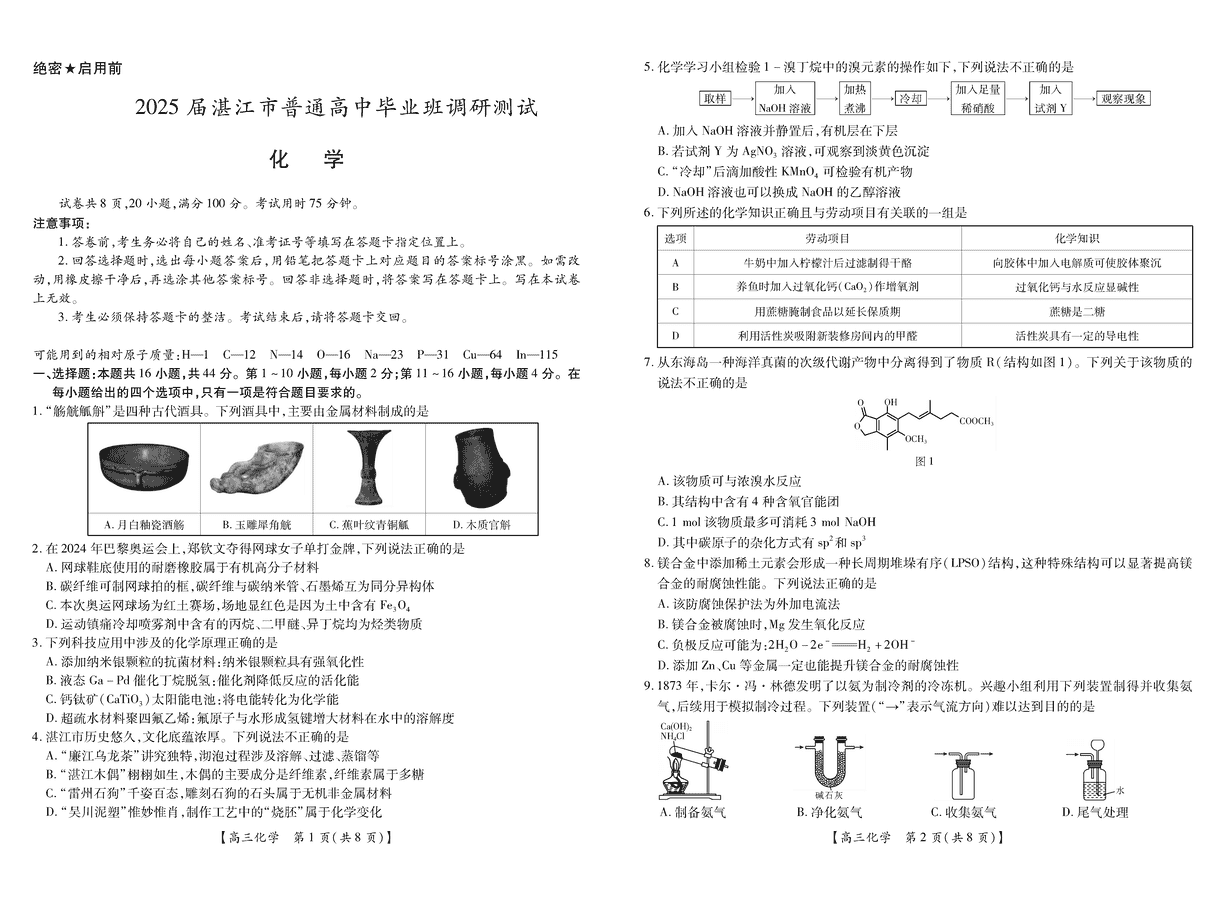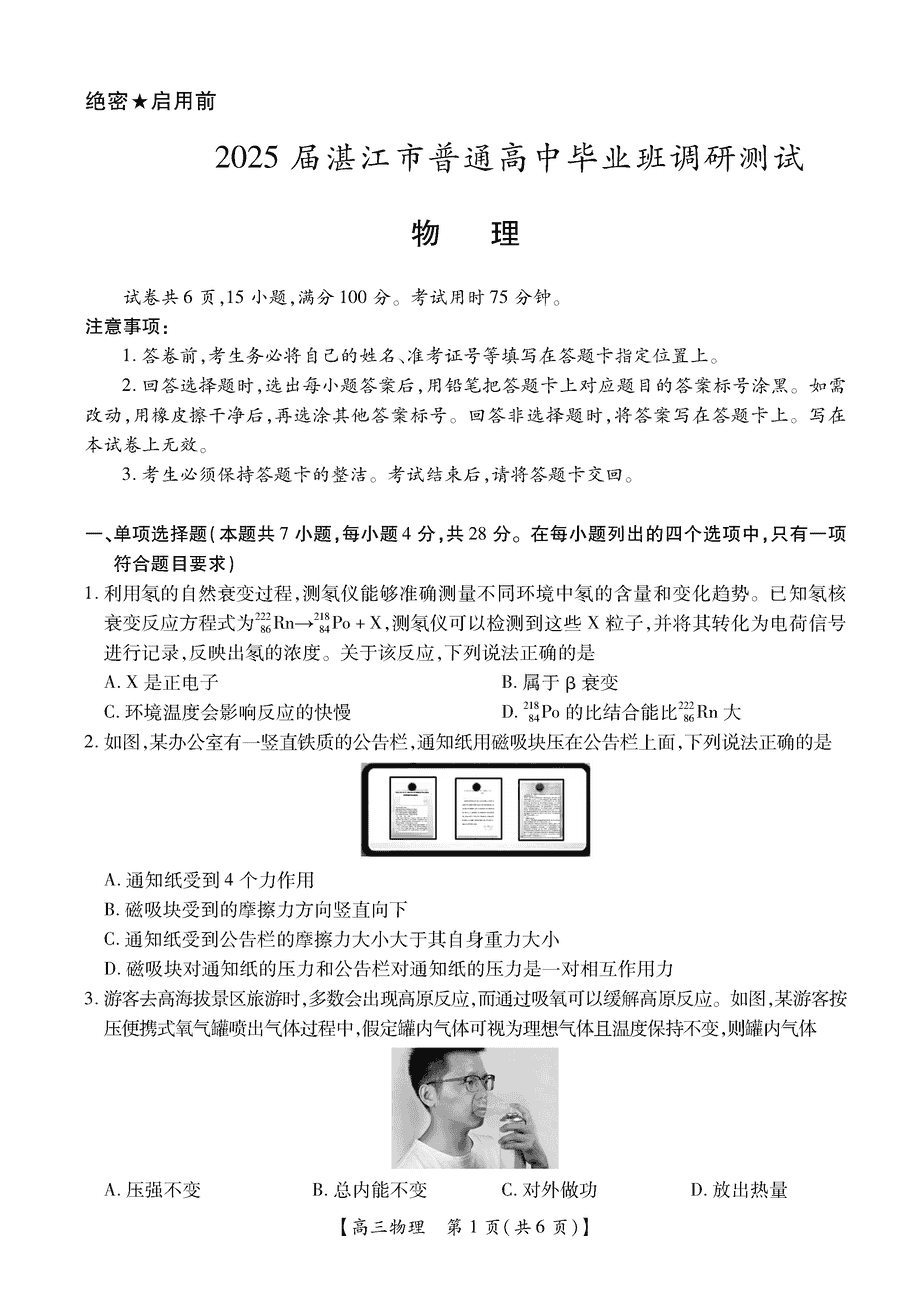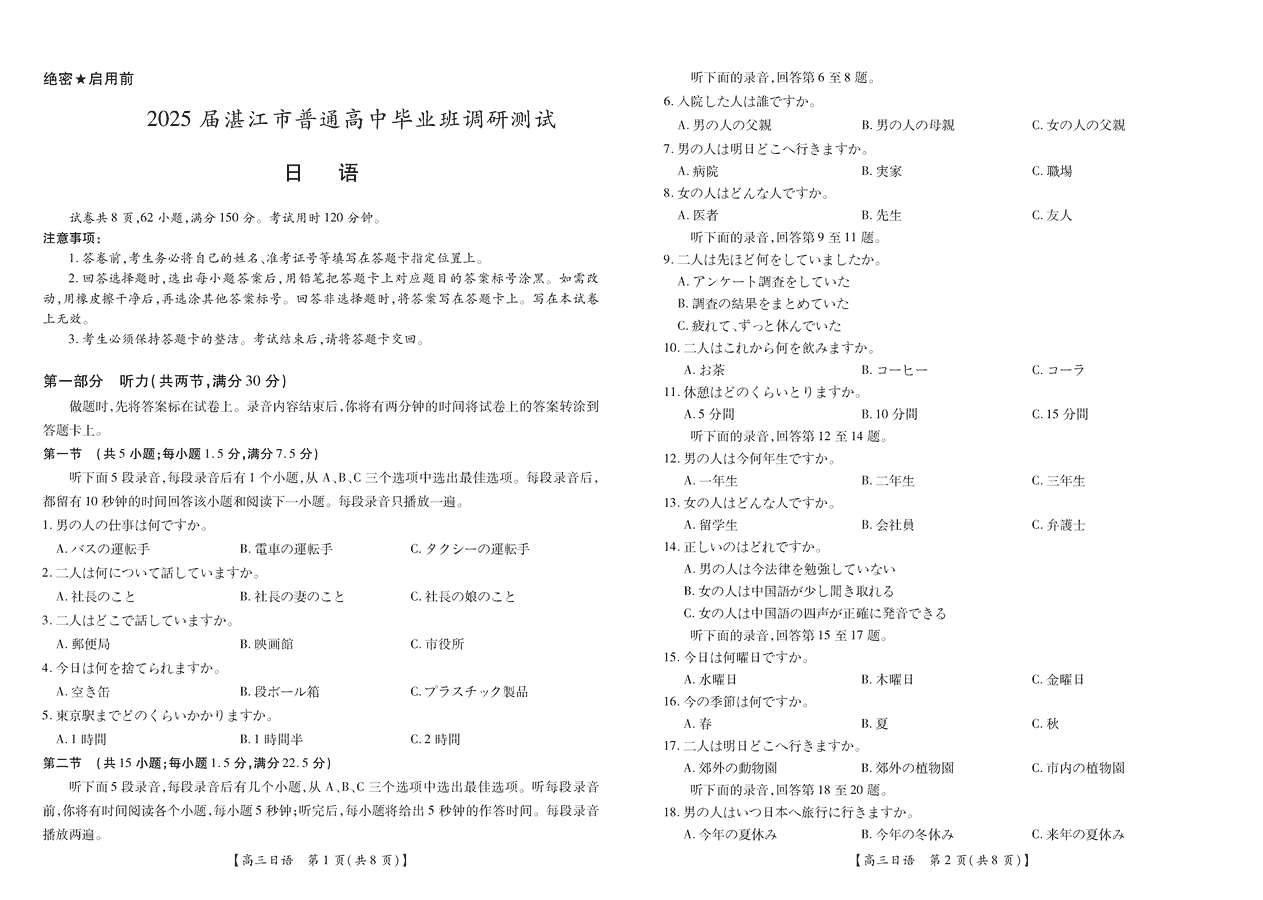什么情况下动词加ing
在动词做主语时,需要将动词后加上ing。英语中的动名词是由动词变化而来,它一方面保留动词的某些特征,具有动词的某些变化形式,用以表达名词所不能表达的较为复杂的意念;另一方面动名词在句子的用法及功能与名词类同:在句子中可以作主语、宾语、表语、定语。它也可以被副词修饰或者用来支配宾语。

动词需要加ing的几种情况
1.be动词(is.am.are).介词后面加ing形式。
2.还有固定的词组搭配要记住 某些动词后出现非限定性动词时只能用动名词作宾语,不能用不定式。常见的此类动词有:advise, allow, permit, avoid, consider, enjoy, finish, give up, cannot help, imagine, include, keep, keep on, mind, miss, put off, delay, practise, resist, suggest, depend on, think about, set about, succeed in, worry about, burst out, insist on, can’t stand, be used to, get used to, devote...to..., look forward to, pay attention to, get down to等。如:
They went on walking and never stopped talking. 他们继续走,说个不停。
I found it pleasant walking along the seashore. 在海滩上走真是乐事。
作介词的宾语
We are thinking of making a new plan for the next term. 我们正考虑为下学期制定新的计划。
作形容词的宾语
The music is well worth listening to more than once. 这种曲子很值得多听几遍。
3、作表语 动名词作表语时句子主语常是表示无生命的事物的名词或what引导的名词性从句。表语动名词与主语通常是对等的关系,表示主语的内容,主语、表语可互换位置。
Your task is cleaning the windows. 你的任务就是擦窗户。(Cleaning the windows is your task.)
What I hate most is being laughed at. 我最痛恨的就是被别人嘲笑。 (Being laughed at is what I hate most.)
4、作定语 动名词作定语往往表示被修饰词的某种用途。
